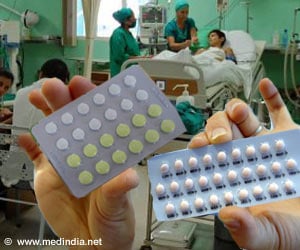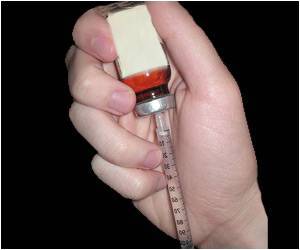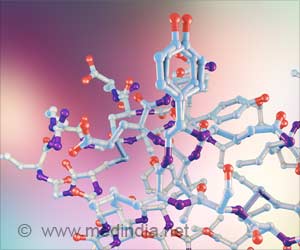Synriam, a new anti-malaria drug developed by the leading Indian drug manufacturer Ranbaxy Laboratories was launched in Africa.

"It is among the best options available today," said Sudershan Arora, president, research and development (R&D), of the Indian unit of Japanese Daiichi Sankyo company.
The new drug, Aurora said, was "developed as a fixed dose combination consisting of arterolane maleate 150 mg and piperaquine phosphate 750 mg drug, in line with WHO recommendations."
Ranbaxy officials say the new drug has been approved by the Drug Controller General of India (DCGI) for marketing in India and conforms to the recommendations of the World Health Organization (WHO) for using combination therapy in malaria.
The officials said phase-III clinical trials for the drug conducted in India, Bangladesh and Thailand "successfully demonstrated the efficacy and tolerability of Synriam as comparable to the combination of artemether and lumefantrine."
The company officials said they were working to make this new treatment available in African, Asian and South American markets where malaria is rampant.
Advertisement
The opening followed the successful audit of the facility by the Moroccan Health Authorities. With this, the company hopes to tap into a $1 billion pharmaceutical market in Morocco.
In addition to servicing the Morocco market, Ranbaxy also plans to extend the supply from this manufacturing unit to other African countries in the coming years.
In addition to Morocco, the company now has two other manufacturing facilities in Africa located in Nigeria and South Africa. "With five subsidiaries, five representative offices and a strong workforce of nearly a 1,000 people, Ranbaxy's distribution network caters to 44 of the 54 countries in this continent," the company said in a statement.
In Nigeria, the company plans to open a new greenfield manufacturing plant to further strengthen its presence in the country, Sawhney said in a conference call.
The plant is being set up to upgrade the company's liquid manufacturing capacity and consolidate its position as a market leader. It is expected to take off in 2013.
"It's the company's strategy," Sawhney said. "We will be consolidating our position in the emerging markets and we have selected certain key emerging markets. We can't just keep on growing manufacturing activities only in India. So there are certain strategic locations where we will have to take a decision."
Referring to facilities in Nigeria, South Africa and Morocco, Sawhney said, "These are the important markets of the continent of Africa and emerging markets is our story."
"It is important for us to be present there in some respectable measure. That's the reason for setting up operations there."
The new plant in Nigeria would increase Ranbaxy's liquid manufacturing capacities to about 14 million units annually. It will also upgrade its manufacturing capacities to about 100 million units of tablets and capsules yearly.
Source-IANS













